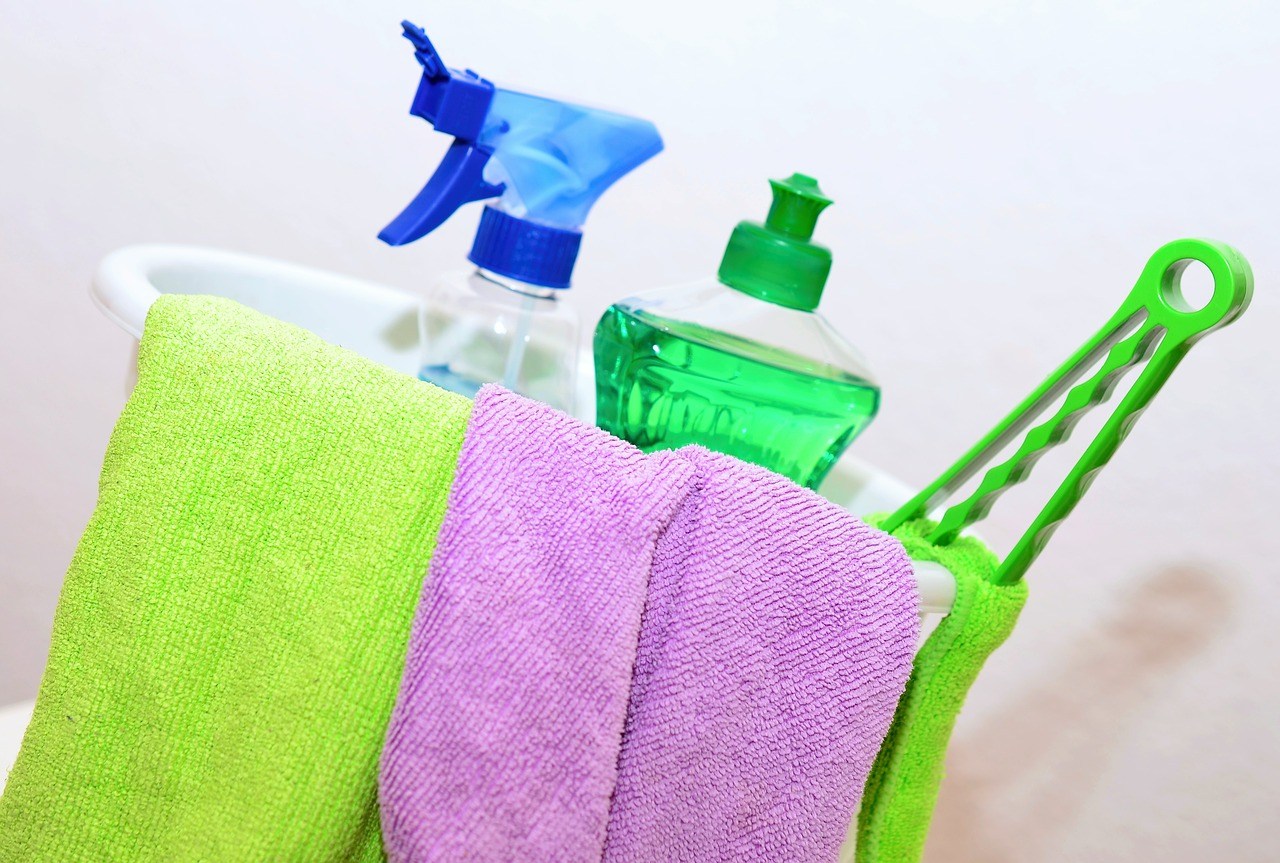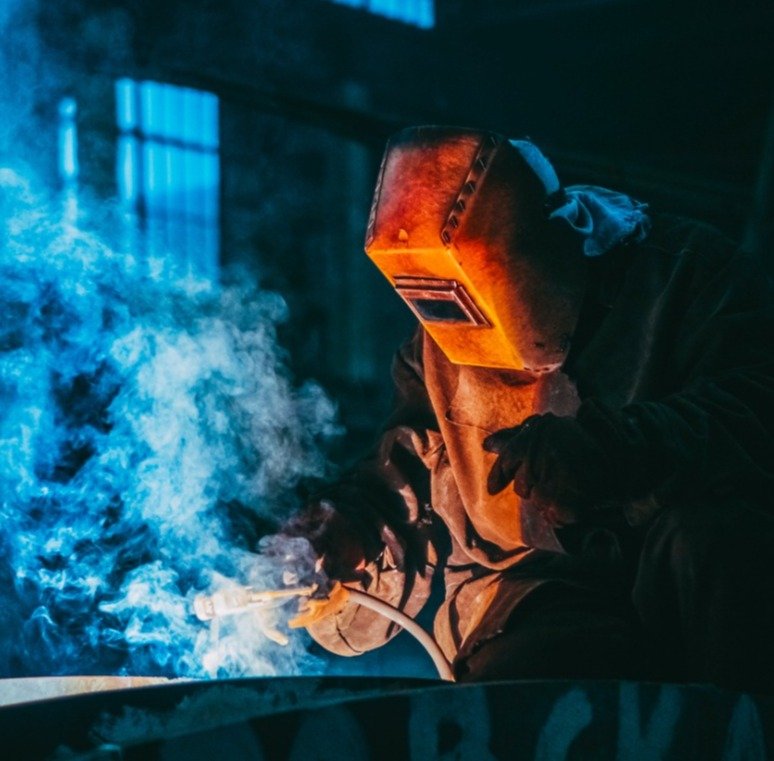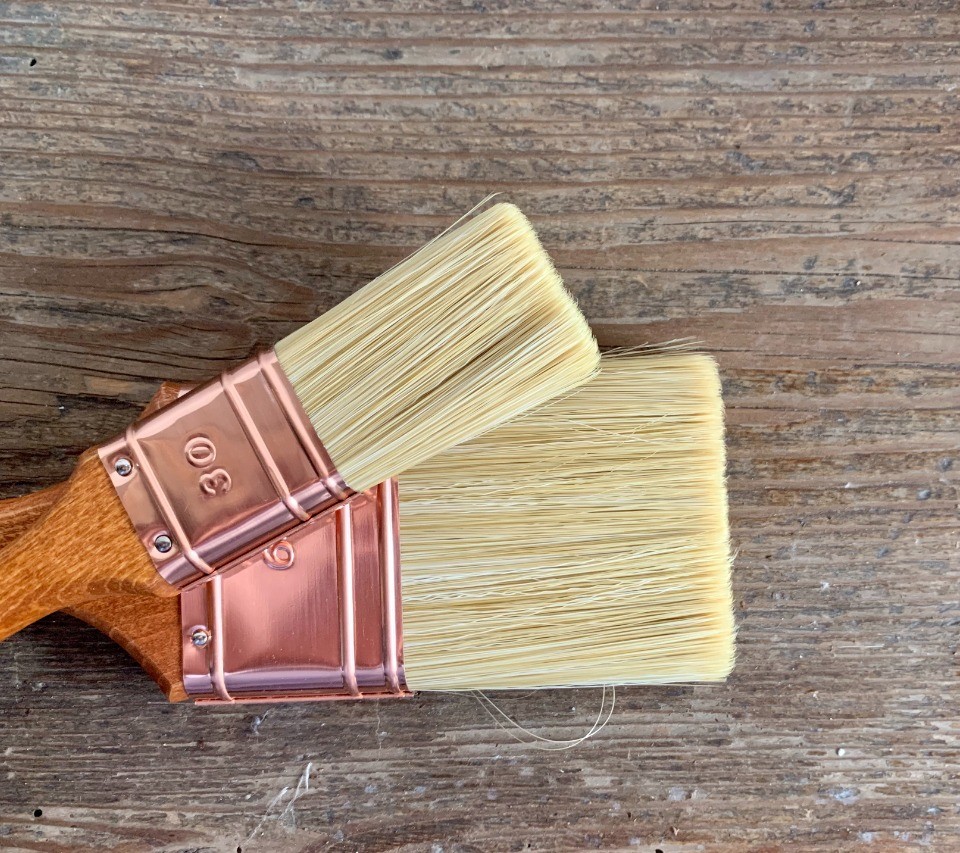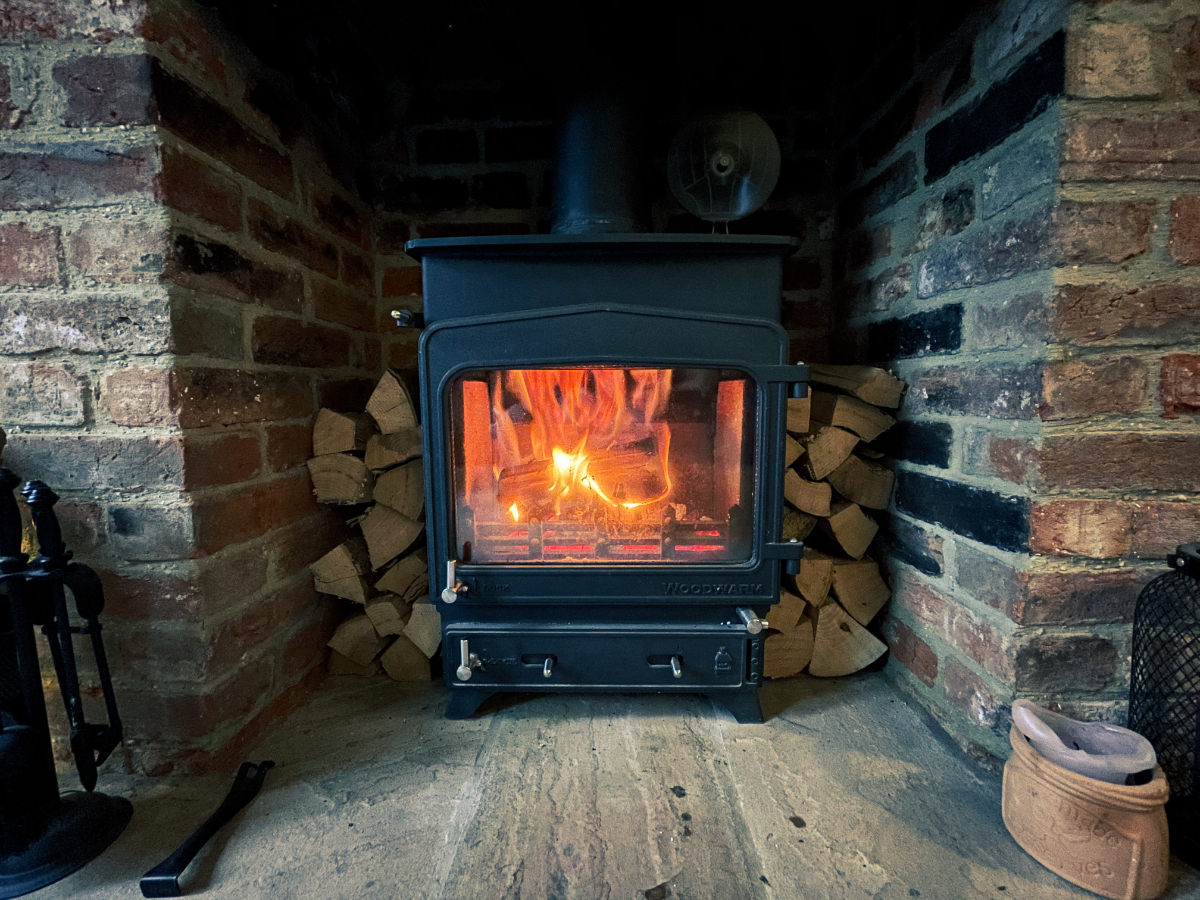Are you looking to replace a cast iron fireplace? We have created this cast iron fireplace restoration guide to show steps to restore a cast iron fireplace.
How Can I Restore A Cast Iron Fireplace?
Anyone who has attempted to restore an old cast iron fireplace to its former glory will know the many issues involved when restoring cast iron. Ensuring that you properly care for and manage these issues is the best way to help your restoration succeed.
These issues can be anything from rust patches to cracks, broken or chipped parts and flaking paint. They can be a real nuisance if they are prevalent enough, so first-timers should be wary when embarking on such a restoration.
It can be difficult to know when to start, especially if your cast iron fireplace is particularly old and suffering from many worn or damaged areas.
In this article, we have created a guide to a few of the key concerns fireplace restorers will want to familiarise themselves with, alongside some helpful tips on how to handle the issues mentioned above.

Steps To Restore A Cast Iron Fireplace
Restoring an old Victorian fireplace can be a very rewarding endeavour. However, it is not an easy task.
There are many ways old fireplaces made from cast iron can deteriorate over the years, and you will need to be prepared for any of them when undertaking a fireplace restoration project.
This guide will give you an overview of these problems and some great tips on how to handle them when you encounter them.
Step 1:
Clean Away Rust
The worst enemy for any cast iron fireplace is rust. If your fireplace has been left outdoors or in an area where moisture can get inside, you will likely find rust somewhere on the fireplace insert. As soon as any moisture gets into your cast iron fireplace, this ugly rust can quickly form, ruining the amazing, traditional aesthetics of your cast iron fireplace if left unchecked.
Fortunately, rust is only an aesthetic concern regarding cast iron fireplaces, as the material is incredibly durable and will be able to hold off the rust from creating any structural issues with the fireplace.
With the right tools and a little elbow grease, you should be able to clean the rust away from the surface and get your fireplace looking better than ever.
The first step is to gather the right tools and materials you are going to need to get rid of the rust; these include:
Steel wool or wire brush
Cleaning cloth
Rust remover or white vinegar
Sandpaper with a medium grit
Protective gloves
Protective face mask and goggles

If you are lucky and there are only a few small spots of rust on the surface of your cast iron fireplace, you might not need everything on this list.
Simply soaking a soft cloth in rust remover or white vinegar and scrubbing the affected areas should be enough to remedy the problem. Naturally, it would be best if you were careful to remove all the rust spots you can find until the original material is revealed beneath.
However, if you are unlucky, and the rust on your cast iron fireplace is particularly widespread or stubborn, you will want to turn to your wire wool and sandpaper to get the job done.
Buffing the rusty areas in a circular motion, occasionally wiping with your rust remover or white vinegar cloth, is the best way to clean your fireplace. For any harder to reach areas, you can use your steel brush to scrub them.
It would help if you were careful not to over scrub your rusty cast iron fireplace, as you could scratch and damage the underlying material. Once done, removing any visible rust, wipe the cast iron fireplace down with a damp cloth.
However, you should dry it thoroughly to avoid any more rust caused by the moisture, or else you will have to start all over again. You might also want to consider adding a protective layer of rust-proof paint, iron paste or black grate polish to prevent rusting in the future.
Step 2:
Strip Away Old Paint
There will be another issue besides rust for some fireplace restorations that you have to contend with - old paint. There are many reasons to find unwanted layers of paint on your cast iron fireplace, from spillages and mishaps to unappealing customisation.
However, it is not the end of the world, and you can easily remove any paint you do not want from your fireplace.
Here are the things you will need to remove paint from a cast iron fireplace:
Protective Gloves
Protective Mask
Paint Strippers
Paint Brush
Plastic or Metal Scraper
Cleaning Cloth
Steel Wool
Sandpaper
Towel
White Spirit
Before you start throwing harsh chemicals around, it is best to step back and consider the DIY projects you are undertaking. If your fireplace only has a single layer of new paint on it, it shouldn't take you too long. However, if several layers of paint are built up over many years, it will take you quite a bit of time and hard work to remove them.
Similarly, if there is a lot of intricate detail in your cast iron fireplace designs, this will take longer to clean and remove the unwanted paint.
Suppose you think a DIY paint removal restoration is beyond your abilities.
In that case, you can have it professionally sandblasted if you can manage to remove the fireplace from the wall or surrounds.
This is the most comprehensive method of removing paint from cast iron, but it will cost you more than doing it yourself.

If you are determined to do a DIY paint removal on your cast iron fireplace, these are the steps you should follow:
Make sure your protective gloves, mask and any sheets you might want to use are in place properly. You might want to use some old clothes to protect the room and floor if you perform the restoration project indoors.
Apply your paint stripper to the paint's surface as per the manufacturer's instructions. Make sure you use a paint stripper that is friendly to cast iron.
Follow the manufacturer's instructions on how long you should leave the paint stripper to sit. After this time, you can use your scraper to start removing the paint.
Once the paint stripper has done its job, you can wipe it away with a soft cloth and some white spirit. If there is any paint left over, simply repeat the process.
If there are any tricky details or corners, you can use your sandpaper or stiff brush to remove any paint, being careful not to damage the cast iron beneath.
Once all this is done, wipe your fireplace down with a damp cloth, completely dry it and repaint or polish it as you see fit. It is crucial your fireplace is thoroughly dry to prevent any further damage.
You must remember to keep yourself safe when dealing with paint stripper and white spirits, wearing the appropriate safety equipment. It would be best to make sure the area you are working in is well ventilated to remove the toxic fumes.
Step 3:
Repair Cracks
The final issue you might encounter with cast iron fireplaces is cracking. If these are particularly significant, it is best to have a professional welder see to them.
Cast iron cannot be instantly heated to high temperatures, so it will need to be done gradually until the welder can fix any cracks before cooling it back down just as gradually.
You won't be able to perform this restoration work yourself, unless you are a professional welder.


Step 4:
Repaint Or Polish
Naturally, you don't have to take your cast iron fireplace back to its original look; you can choose to repaint or polish it with whatever finish you think will look best.
The best place to start with repainting is to ensure that all the dirt and rust have been removed and dry the surface before laying down a coat of primer.
Oil-based metal primers are often best for cast iron and will prevent future rusting once you have finished repainting. Metal paints with oil bases are naturally the best bet, as they will prevent any moisture from reaching the surface of the metal. You can even find spray paint that will serve this function to make things easier for yourself.
Do you have a period fireplace which needs repair or restoration. If you live in the Hastings and East Sussex area, our expert antique fireplace restoration services can help.
